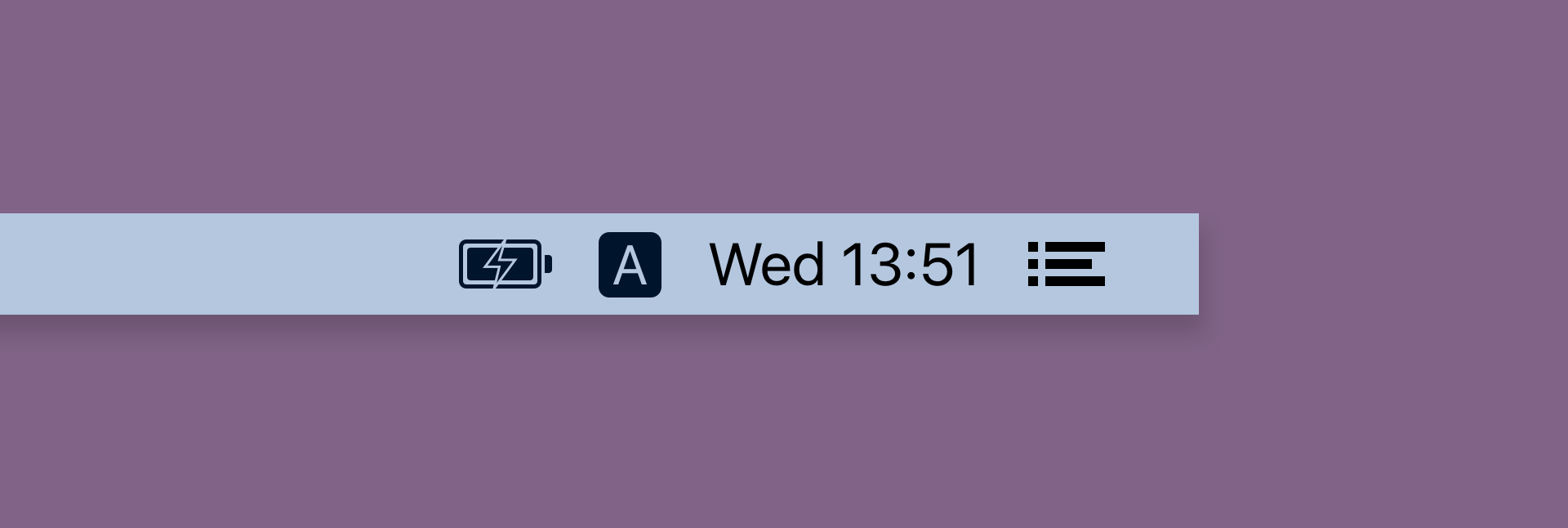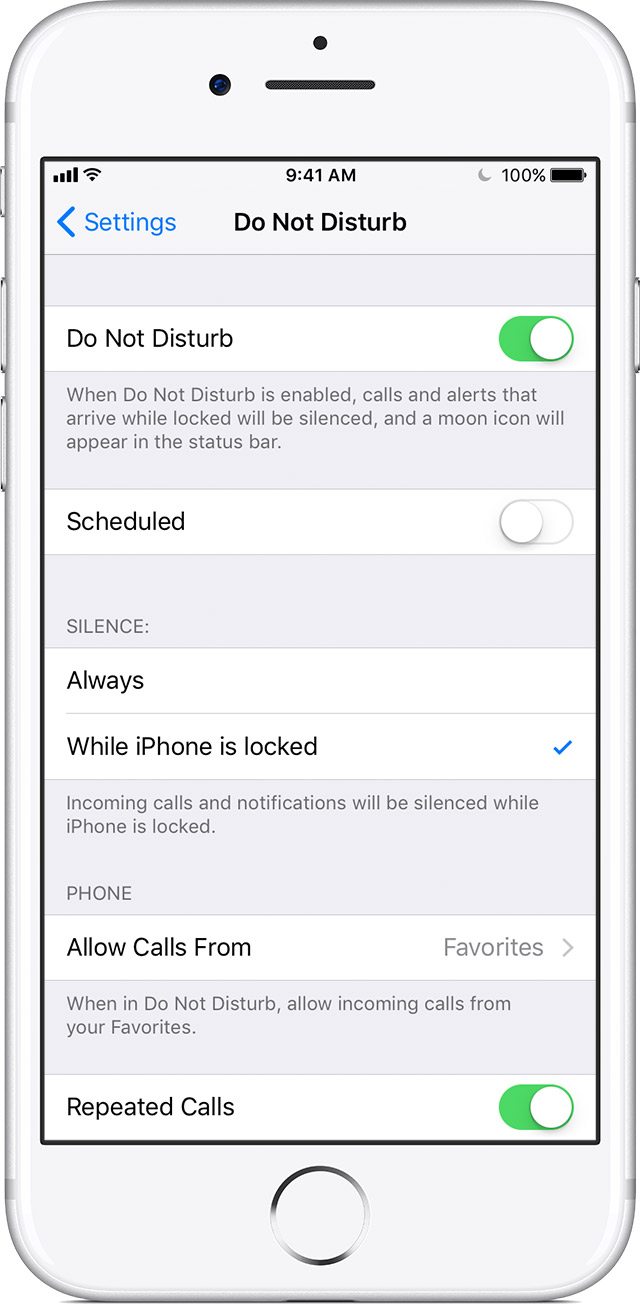- Mac Menu Bar On Windows
- How To Close App In Menu Bar Macbook Pro
- How To Close App In Menu Bar Macbook
- Mac Menu Bar Manager
BarTunes allows you to control iTunes or Music from your Mac's menu bar. Quickly view album artwork, play/pause, skip forward and jump back through your music, with controls right in the menu bar. Play/Pause, Next, Previous controls in menu bar (optional). View album artwork in menu bar (option. Force Quit Using the Apple Menu. The most conventional and effective way to close frozen programs is to go to the macOS® menu bar, located along the top of the screen in the Finder menu. To force quit an application, simply do the following: Click on the black apple icon in the upper-left corner.
Menu bar has always been one defining characteristic of Mac operating system, which is often overlooked by users. But the power of Mac’s menu bar cannot be neglected! Today’s Apple menu is a repository for all the stuff you need to have a quick access to. We have jotted down a list of 10 useful menu bar applications which can significantly boost your productivity as well as enhance Mac’s performance.
Also Read: 10 Best Mac Apps you don’t want to miss in 2017
Here you go!
10 Best Mac Menu Bar Apps:-
1. Noizio
If you’re an easy distracter, then install this handy application right away. The app is capable of cutting down all the background noises and makes you exclusively hear your favorite sounds of your choice at the desired tempo. Get the app here
2. One
Avid readers cannot afford to miss this app! It aggregates news from latest websites like Reddit, Product Hunt, Medium, etc. in a readable and simplistic manner. Get the app here
3.Disk Clean Pro
Keep your Mac fast and error free by installing the disk clean pro application. Disk Clean Pro is a powerful memory optimizer tool to enhances your mac’s performance in a single click. Not only this, it also gets rid of duplicates to save yourself some storage space. Get the App here
4.F.lux
The app works perfectly in reducing eye strain by optimizing your Mac’s display to match the time of the day.
P.S. Your eyes will thank us later! Get the app here
5. Endurance
Just as the name says, Endurance increases your Mac’s battery life by removing unwanted applications and shutting down programs that suck up the maximum amount of energy. Get the app here
Also Read: 10 Best Mac Cleaner Software to speed up your Mac
6.InsomniaX
InsomniaX disable the sleep mode of your Mac so that any of the music or movies which are probably being downloaded in the background don’t get disrupted. Get the app here
7.Popshot

Popshot is a handy app for your mac’s menu bar that quickly lets you take and capture screenshots. With PopShot, you can specify capture settings before you take a screenshot. The app saves screenshot info to your clipboard (and across app sessions!) for easy sharing. Get the app here

8. Simplify
This is one essential app for your menu bar-especially if you’re a music lover. This app could be your best friend. With just one click from the menu bar, Simplify lets you control a host of music apps. The supported list includes the desktop apps (Spotify, iTunes, Rdio, etc.) as well as web-based streaming apps (Pandora, Deezer, etc.). Get the app here
9. Paste
This app keeps track of everything you’ve ever copied, and allow you to see and use your clipboard history whenever you need it. It’ll keep track of text, images, links, files, and more. It’s one super useful application that will surely enhance your productivity. Get the app here
10. Bartender
Now that you’ve got so many apps, somebody gottta take charge. Bartender quickly reorders apps in menu bar according to your preference. It lets you keep your menu bar managed in a neat and tidy format. Get the app here
Also Read: 10 Reasons Why Mac is Better and Faster than Windows
These were just a few mac applications for your menu bar; Market is flooded with a bunch of applets which can make your life much easier. Let us know if you happen to know any other useful app which works wonder with your Mac.
We’d be more than happy to add an extra star in our list.
Responses
Ok, I get it. There is no equivalent to the PC’s Ctrl+Alt+Del shortcut on a Mac® to force quit an application. So how do I quit that annoying program that’s not responding?
Luckily, Apple® has you covered and gives you multiple options. The shortcut actually exists, and moreover, there are a few other extremely convenient ways to fight buggy apps. Today I’m going to list three easy ways to force-quit an application on a Mac, without harming the system.
Let’s dive in!
Is it Safe to Force Quit?
Forcing a frozen application to quit is the same as killing the symptoms when we get sick versus curing the virus. We need to see the bigger picture and understand what causes the problem and how to cure it while understanding how to avoid it from happening again.
The number one reason we have a problem with frozen applications in a Mac is insufficient RAM—or, in other words, a lack of computer memory to operate the system compared to the number of applications you usually open (including those numerous open tabs in a browser). So anytime your system utilizes all of its existing resourses to run the task, it becomes unresponsive. Think of RAM like a physical workbench. The more space (memory) you have to work, the more projects you can have out to work on. Less space? Less ability to work on multiple things at once.
Forcing Mac to quit the application does resolve the problem but may have downsides. When you close an application in the traditional manner, it will clean everything it runs in the background and alert you to save the work. When you force close on Mac, you may end up losing files and data, or mess things up on the drive. Although the effect will only be related to that one particular application that got stuck, sometimes it can hurt.
Using a smart app like Parallels Toolbox can help you to free up unused memory on the fly and prevent the applications from getting frozen over and over again. The package includes over 30+ useful apps for everyday needs that any Mac user will benefit from, including downloading videos and music from sites like YouTube, taking screenshot or record videos, optimize your Mac performance, free up extra space and so much more.
You can download Toolbox and try it out for free here (no registration needed).
1. Force Quit Using the Apple Menu
The most conventional and effective way to close frozen programs is to go to the macOS® menu bar, located along the top of the screen in the Finder menu.
To force quit an application, simply do the following:
- Click on the black apple icon in the upper-left corner.
- From the drop-down menu, select “Force Quit…”. You will be directed to the new window named “Force Quit Application” where all the magic happens.
- Now all you have to do is select the application you want to close and choose “Force Quit.”
If you don’t know which application is stuck, pay attention to the ones that have the note “Not Responding.” This usually appears next to frozen applications.
2. Force Quit with Mac Shortcut
To do the same thing but faster, use Mac shortcut keys to close frozen applications.
- On your keyboard, press and hold Command + Option + Esc. It will immediately bring up a “Force Quit Application” window.
- Select the frozen application from the dialogue box and select “Force Quit.”
This could be your go-to method if the mouse or trackpad is lagging.
3. Close Application from Activity Monitor (Ctrl+Alt+Del Alternative)
Here’s the pinnacle of this article.
Very few Apple owners know that macOS provides an almost identical alternative to the traditional PC Control+Alt+Delete shortcut—and does it better. Yes, we all know that in Windows that keyboard shortcut is often used to open the Task Manager window. (To be honest, it’s needed too often, which is why we’re on a Mac.) From Task Manager, you can track applications, services, performance, and processes, and kill some of them when they’re unresponsive.
You can easily do all of that and more on the macOS native application called Activity Monitor.
To kill an application using Activity Monitor, do the following.
1. On your keyboard, press Command + Space, or click on Spotlight in the top-right corner of the screen.
2. In the “Spotlight Search” window, start typing “Activity Monitor.”
3. Once Activity Monitor is highlighted, hit Enter.
4. In the Activity Monitor processes list, select the application you want to quit and click “Force a process to quit” in the left corner.
What to Do If Force Quit Isn’t Working?
If all the applications stop responding and you can’t quit them using one of the methods described above, you can force your Mac to restart. To do so, press and hold the Control+Command+Power buttons.
Alternatively, you can force Mac to shut down by pressing and holding the power button, or use one of the many other shortcuts.
Mac Menu Bar On Windows
What’s the Solution?
Since your Mac doesn’t have enough space to run all those applications you need, the most obvious step would be to increase the RAM. If you own an iMac® or the older generation of MacBook Pro®, you can simply buy memory and upgrade your existing computer. With the new Mac generation, you don’t have that option anymore because the RAM is glued and soldered to the motherboard. You either buy a new computer or struggle.
How To Close App In Menu Bar Macbook Pro
Alternatively, you can clean your memory to free up space using Parallels® Toolbox. Parallels designed a tool set for macOS and PC users to efficiently manage their computer with just a few clicks—without any professional knowledge needed. Within the application (which is available to try for free), you can easily free up unused computer memory, clean your drive, and help your Mac run at max speed with a dozen other useful utilities.
If you’re interested in learning how easily one click can save precious disk space, check out how much space I took back with the Parallels Toolbox tool Clean Drive:
How To Close App In Menu Bar Macbook
In one click (and about 10 seconds), I successfully removed 4 GB of clutter and reclaimed space on my hard drive.
Mac Menu Bar Manager
So there you have it. Take care of your Mac with those quick tips, and remember to always save your work!